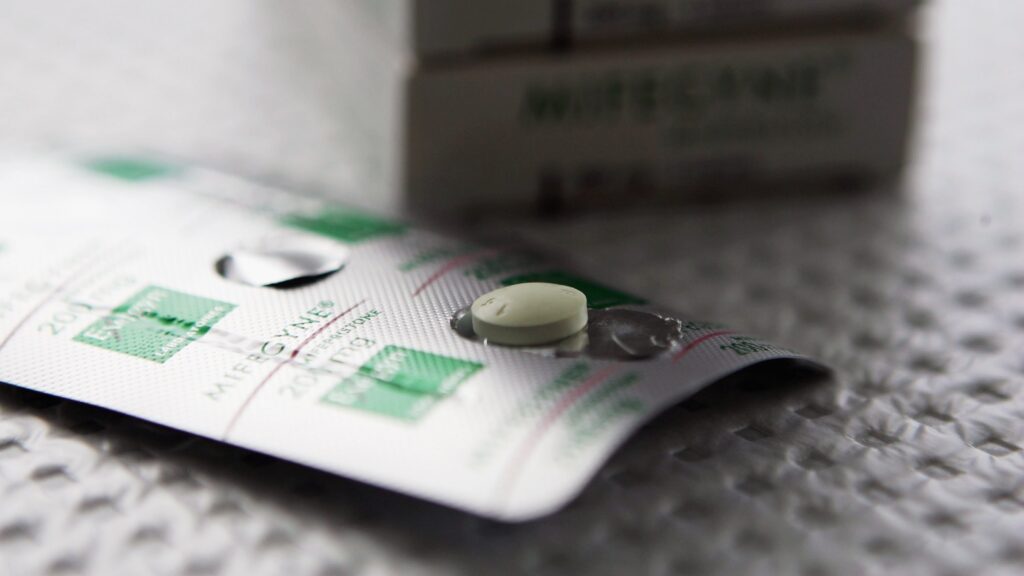
Get your daily dose of health and medicine every weekday with STAT’s free newsletter Morning Rounds. Sign up here.
STAT is hard at work covering the fallout of Trump’s executive orders and the general chaos in federal health agencies. If you have something confidential to share, email me [email protected].
Purging web pages at the FDA
Adobe
Just days after taking office, the Trump administration has pulled down Food and Drug Administration website pages focused on diversity, equity, and inclusion. 404 messages have replaced scores of pages focused on ensuring that clinical trials used to test drugs and medical devices include people of different ethnic and economic backgrounds.
Similar scenes are playing out across other health agencies, including the National Cancer Institute and the National Institute of Health’s Sexual & Gender Minority Research Office. While many DEI initiatives focus on hiring practices and communications in ways the administration disdains, efforts to diversify clinical trials have been widely seen as important scientifically — that is, to test experimental products on various populations who would ultimately derive benefits or incur risk.
The move could affect how researchers both inside and outside the federal government, as well as companies, test drugs and medical devices. Under the Biden administration, the FDA had urged industry to enroll more people of color and women in trials, and released draft guidance in June 2024 about how it should do so. It is unclear whether that guidance will ever be finalized. from STAT’s Lizzy Lawrence and Matthew Herper.
New abortion pill shows promise — and potential political peril
A combined regimen of mifepristone and misoprostol is the international standard for medication abortion in early pregnancies. It’s safe, effective and readily available. People seeking an abortion may soon have an additional option. A new proof-of-concept study in NEJM Evidence has revealed promising results when pairing misoprostol with ulipristal acetate, which is also used as an emergency contraceptive pill, sold in the United States as Ella.
The study’s authors found that a 60-mg ulipristal dose followed by 800 micrograms of buccal misoprostol led to a terminated pregnancy in 97% of the 133 participants. No serious adverse events were reported. When mifepristone isn’t available, clinicians usually recommend misoprostol alone as an alternative. Follow up studies will need to determine whether this new regimen with ulipristal is as effective as misoprostol solo.
The findings could complicate an already-contentious landscape for abortion pills in the United States. The Supreme Court rejected a challenge to mailed pills in 2024, but a Texas judge ruled last week that states can revive the challenge.
Health care on the street
The California nonprofit Healthcare in Action, which merges street medicine with traditional managed care, has shown promising results in meeting the health care needs of homeless individuals after four years of work, write HIA CEO Indu Subaiya and vice president of clinical operations Benjamin Kaska.
Their recommendations for other groups seeking to help homeless populations? Be patient, listen to the individual’s needs and hire staffers who have lived experience of homelessness. Their efforts have paid off: nearly 60% of their patients have five visits with a member of the HIA staff each year. It’s not just about treating acute symptoms, says Subaiya and Kaska. Instead, they say they strive to provide comprehensive care and manage chronic conditions — just like any health provider would. Read here for more tips on how to reach this population.
Hypoxia is good, maybe?
Oxygen keeps our bodies and organs humming, and supplemental oxygen helps when chronic lung disease or respiratory illness hamper breathing. But too many cooks can spoil a broth: new research shows that low oxygen — while deadly in the extreme — in moderate amounts might be a useful therapy for chronic conditions ranging from mitochondrial diseases and autoimmune disorders to Parkinson’s and even aging.
To better understand this evolving research, STAT’s Liz Cooney spoke with Vamsi Mootha, a systems biologist leading labs at Massachusetts General Hospital and the Broad Institute of Harvard and MIT. Come for the discussions of the “profound” relationship between mitochondrial dysfunction and low ambient oxygen and stay for the natural experiments in 1970s India that provided researchers with an early glimpse into this research. Read the Q&A.
Overdose rates still too high among Black Americans
A stunning 14% decline in the national overdose death rate in the last year is tremendous news and continues the years-long decline. But these gains are not shared across all communities, write researchers Natrina L. Johnson and Miriam Komaromy of the Grayken Center for Addiction, Boston Medical Center.
Overdose death rates for white people fell dramatically by 2022, but rates for Black people rose to 1.4 times higher than those for white people in the same year. Medical mistreatment of African-American patients throughout our nation’s history is well known, but Black communities also have less access to life-saving medications for opioid use disorder and often face ongoing racial stigma from inside and outside health care.
Read more about the actionable steps the authors suggest could alter these inequities.
What we’re reading
-
As States Diverge on Immigration, Hospitals Say They Won’t Turn Patients Away, KFF Health News
-
Is a New Mississippi Law Decreasing Jailings of People Awaiting Mental Health Treatment? The State Doesn’t Know., ProPublica
- Sacklers reach new $7.4 billion settlement over opioid crisis, STAT
- Trump pardons abortion clinic protesters ahead of March for Life, CNN
- Planned Parenthood of Illinois announces clinic closures amid statewide surge in abortion patients after the fall of Roe, Chicago Tribune





